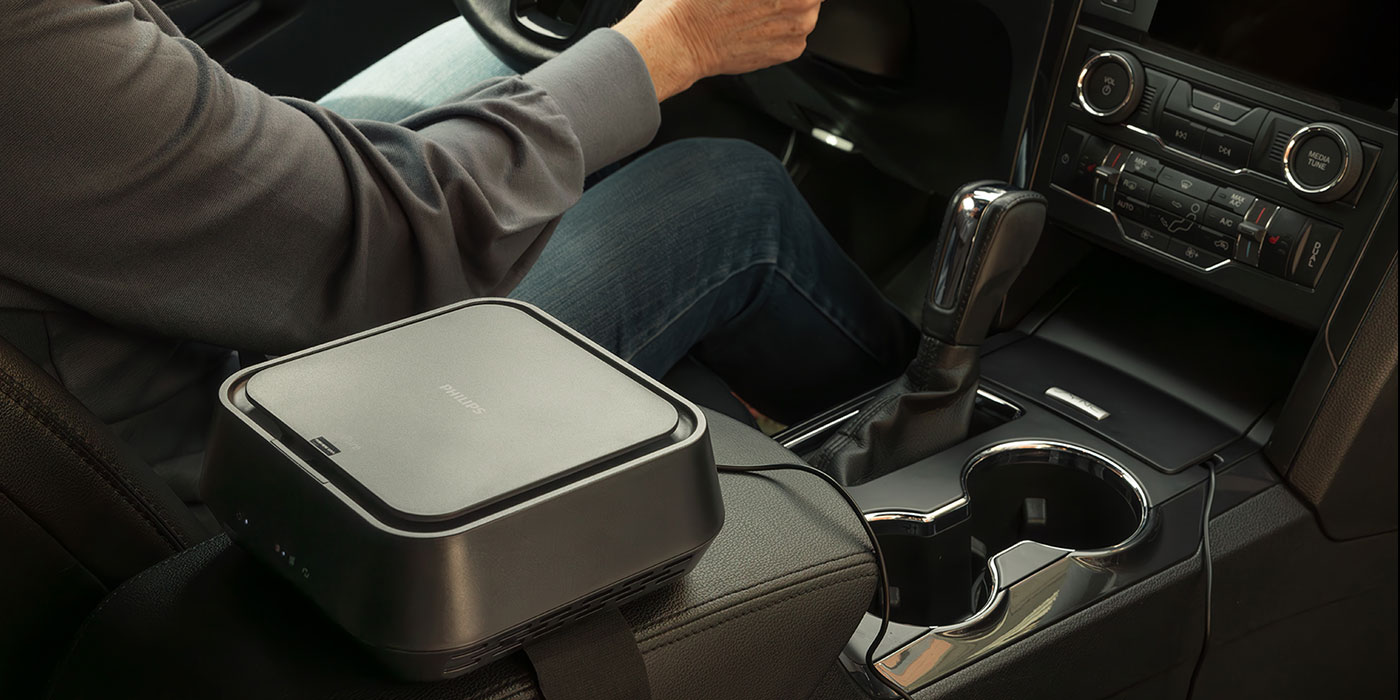
The concept of using a torque converter, oil pump, planetary gear sets, clutches, bands and a computer-controlled hydraulic valve body to transmit torque and to change gear ratios is relatively simple. To illustrate, the torque converter allows the engine to idle in gear with the vehicle stopped and multiplies engine torque during the initial stages of acceleration. In addition to an electronically controlled clutch that prevents the torque converter from slipping during cruise conditions, the primary parts of the torque converter are the impellor, stator and turbine.
Each of these parts has a set of curved vanes that accelerates and controls the flow of oil in the torque converter housing. The impellor, which is driven by the engine, uses centrifugal force to push oil into the turbine. The turbine, which is attached to the transmission input shaft, receives the impact of the rapidly moving oil to develop a torque input to the vehicle’s drivetrain.
The difference between the speeds of the impellor and turbine is called stall speed. Generally, stall speed is limited to 1,500-2,000 rpm to prevent over-heating the transmission oil. Torque converter hydraulic “lock-up” occurs when oil velocity in the converter is high enough to keep the impellor and turbine rotating at nearly the same speed.
The stator, which is attached to the transmission front oil pump assembly, contains a one-way roller clutch assembly that locks the stator in place during acceleration and allows it to freewheel during deceleration. During acceleration, the impellor is rotating faster than the turbine. The stator redirects oil from the turbine into the faster-rotating impellor blades to multiply torque. During deceleration, the direction of oil flow in the converter reverses because the turbine becomes the driving component. The stator must then freewheel to allow the oil to reverse its direction of flow.
BendPak Founder Don Henthorn Passes Away
Grew company from small machine shop to global leader in car lifts and garage equipment.
Don Henthorn, owner and founder of BendPak Inc., peacefully passed away at home Thursday, March 28, at the age of 85. Under his leadership, BendPak has grown from a small machine shop to one of the world’s leading manufacturers of car lifts and automotive service equipment.
Management and operations of the privately owned company are unchanged.
ASE Practice Tests Available Online
You can get a good idea of what to expect by adding the official ASE practice tests to your study plans.
AACF Celebrates 65 Years Serving the Aftermarket
AACF will be announcing more details about this commemorative fundraiser April 1st.
Bendix Releases Technical Materials for ADAS Support
They are designed to help technicians properly set up, inspect, and diagnose several components integrated with ADAS.

Dayco Adds Almost 30 Part Numbers in March
The 29 new part numbers will be available by the end of March for distributors interested in adding to their product coverage.
Other Posts
ASE Designates June as Automotive Service Professionals Month
ASE urges industry members to embrace Automotive Service Professionals Month as a platform for expressing gratitude.
ZF Aftermarket Releases 80 New Parts
The latest additions expand coverage to more than 5 million vehicles in operation.
Vehlo Acquires Shop Management Software, Shop-Ware
Shop-Ware is a cloud-based shop management platform catering to independent automotive aftermarket repair shops.
Auto Care Association Launches REPAIR Act Video
The goal is to emphasize the need for federal REPAIR Act legislation, according to the Auto Care Association.

